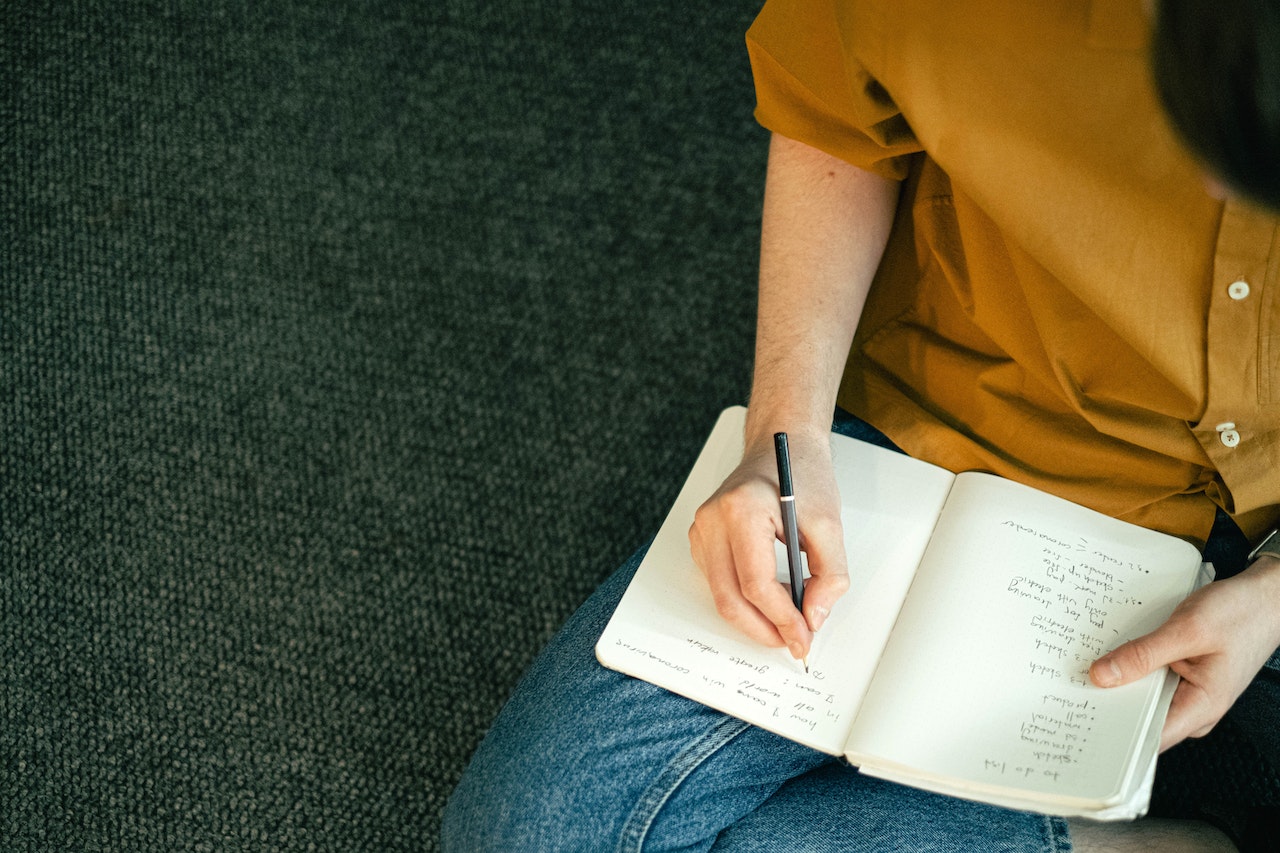Does it help to take notes?
Taking notes can indeed be a valuable tool in improving one’s dancing skills. This practice allows dancers to document and remember complex steps, techniques, choreography, and even personal reflections.
For instance, in a salsa class, a student might jot down a particularly challenging step sequence, or make a note of certain musical cues for specific moves. By writing it down, the student could later review and practice the step sequence at their own pace, reinforcing their memory and muscle memory.
Moreover, notes can serve as a personal dance journal, documenting one’s progress and growth. Students might write down their observations and feelings after a dance session or a performance. This self-reflection can help identify strengths and weaknesses, and even highlight emotional experiences that are tied to dance.
In essence, note-taking, like in any learning endeavor, can enhance understanding, aid retention, provide a tangible record of progress, and ultimately, contribute significantly to improving one’s dancing.
Confidence and dancing
Confidence and dancing have a reciprocal relationship; they reinforce each other. As your confidence in your dance abilities grows, so does the enjoyment you get from dancing. The more you enjoy dancing, the more you dance, and consequently, the more your confidence grows.
Confidence isn’t merely about knowing the steps. It’s about expressing the music, connecting with your partner, and believing in your capacity to learn and improve. When you exude confidence, it shows in your dancing – your movements become more fluid, your timing improves, and your overall presentation is more engaging.
Additionally, confidence directly influences your dance partner‘s experience. A confident dancer often puts their partner at ease, allowing them to enjoy the dance more. It creates a comfortable space for communication, connection, and mutual enjoyment on the dance floor.
Building confidence takes time and patience, but the rewards are worth the journey. You will not only enhance your dance abilities but also enrich your overall dance experience, as well as that of your partner.
Video yourself
Taking videos of yourself dancing offers an invaluable tool for self-evaluation and improvement. This visual feedback can highlight both strengths and areas needing enhancement, giving you a perspective that you can’t access while in the act of dancing.
By scrutinizing your videos, you can see how you actually look when executing certain moves or routines. This helps identify discrepancies between your perception and the reality of your dancing. You might uncover subtle errors in timing, posture, or footwork, or realize that your intended expression isn’t fully translating into your movements.
Videos can also track your progress over time. By comparing videos from different periods, you can appreciate how far you’ve come and where improvements have occurred. This serves as a motivational boost and tangible proof of your progress.
Lastly, videos allow you to study your performance in detail, at your own pace, repeatedly if necessary. You can pause, rewind, or slow down the footage, making it easier to dissect complex sequences and understand your performance better. Overall, video analysis is a powerful aid to mastering salsa dancing.
Improve musicality or not…?
The concept of musicality in dance can seem elusive and difficult to define, let alone to enhance. Musicality, broadly speaking, refers to one’s sensitivity and responsiveness to music – the ability to interpret and express the rhythmic and melodic nuances of a song through dance.
While it may seem self-evident that improving musicality would enhance one’s dancing, the complexity of this term makes it challenging to address. There is no universal standard for what constitutes good musicality, and what may appear rhythmically ingenious to one dancer may seem offbeat to another.
Furthermore, musicality is deeply personal and closely linked to individual perception and expression, making it less quantifiable and harder to teach than technical skills. Many dancers naturally develop musicality over time through continuous listening and dancing to music, but formal training can be less straightforward.
Despite this ambiguity, the pursuit of musicality should not be discounted. Even if it seems nebulous, cultivating a deeper connection with the music can enrich your dance experience, leading to a more expressive and satisfying performance. Just remember that the journey to improve musicality is highly individual and not always linear.


